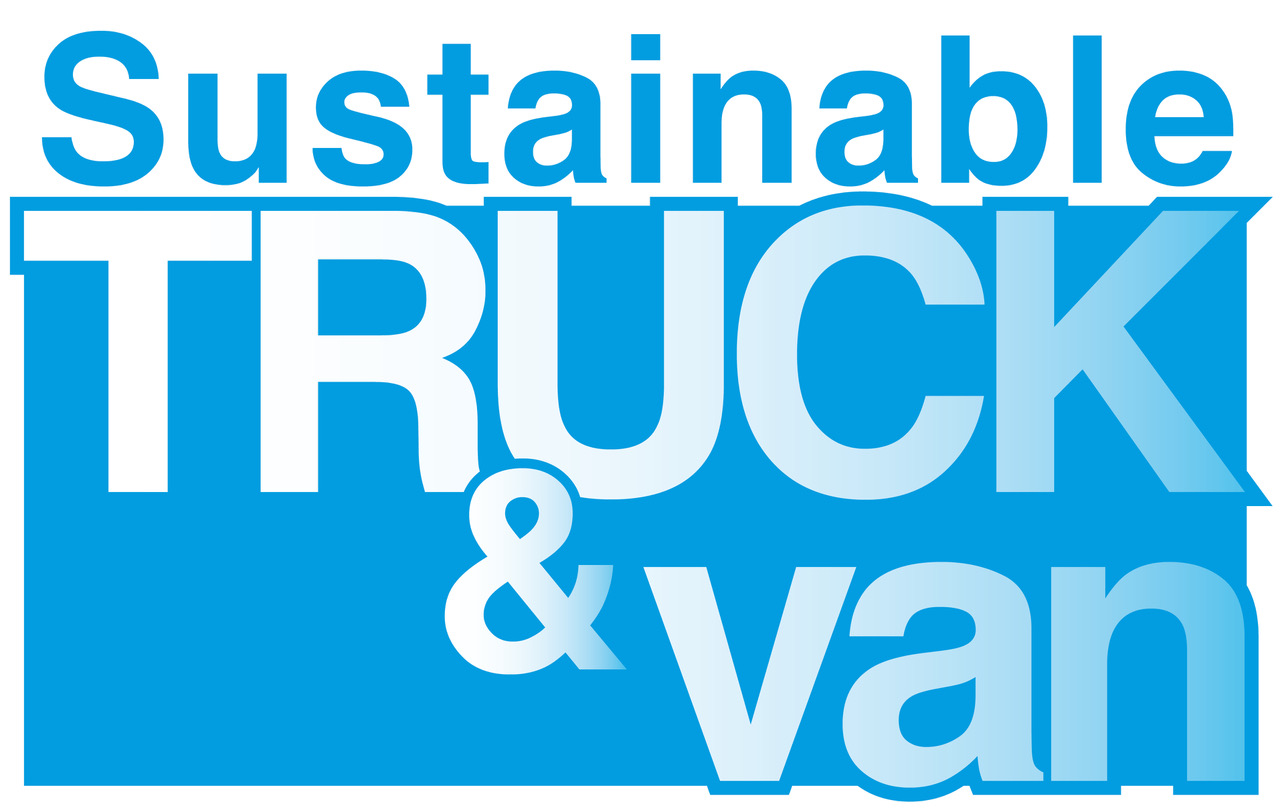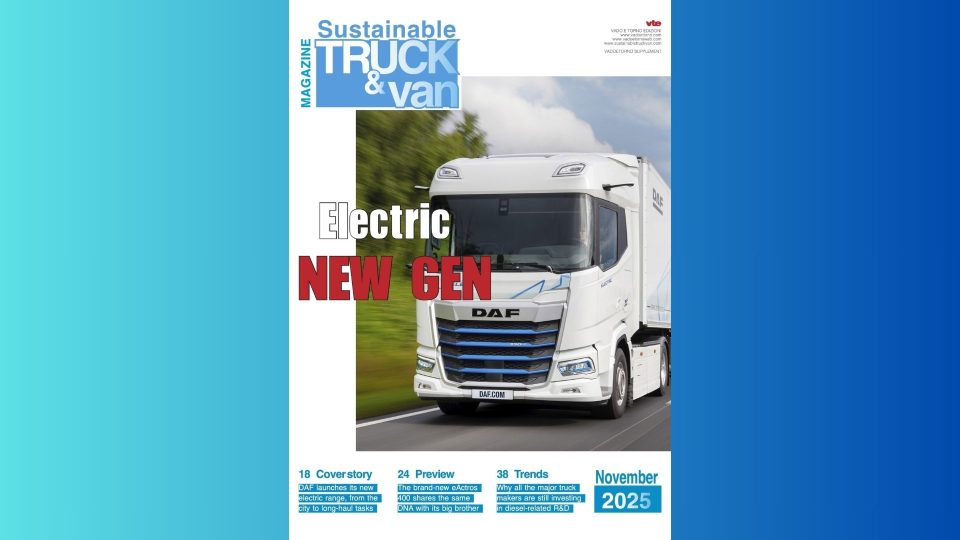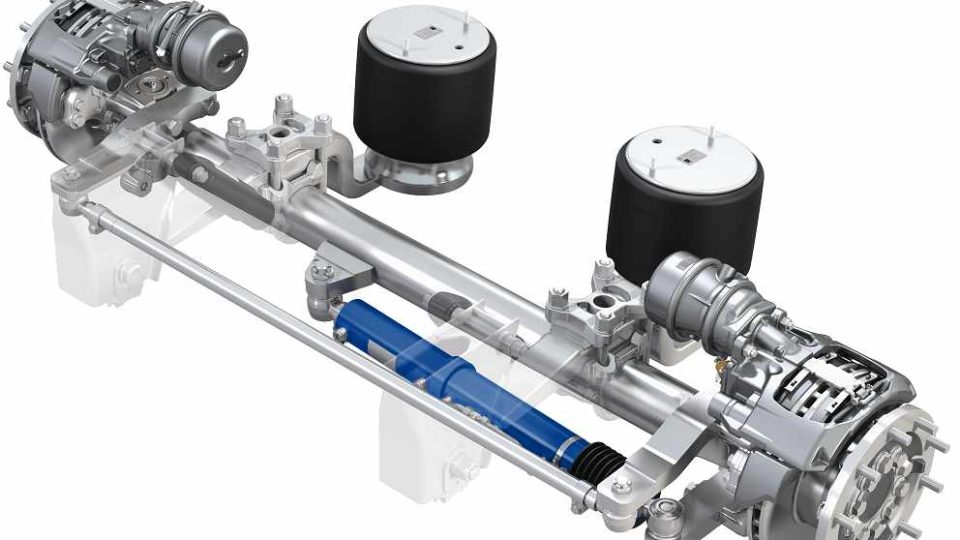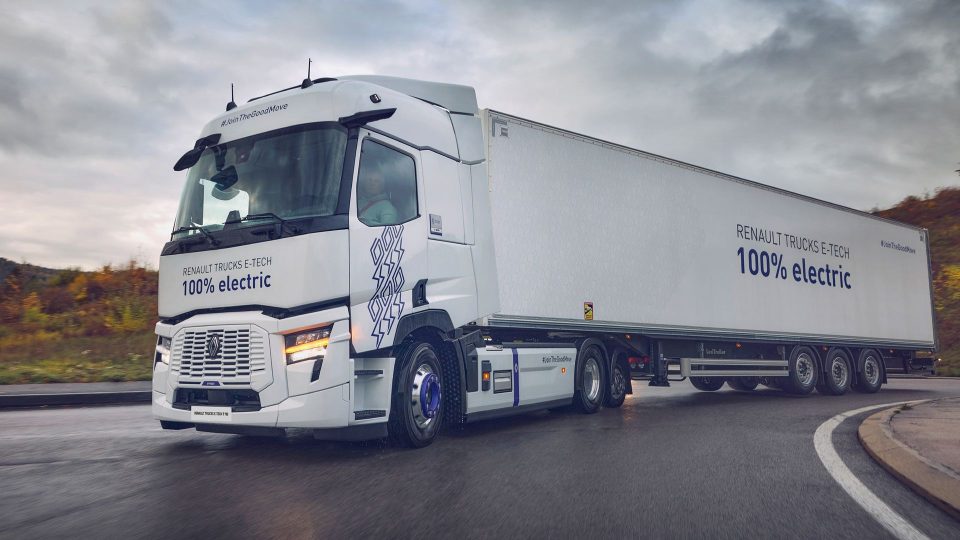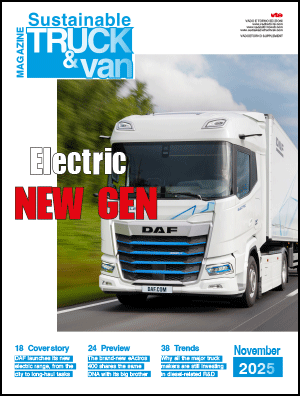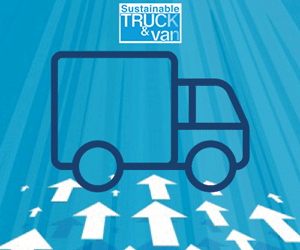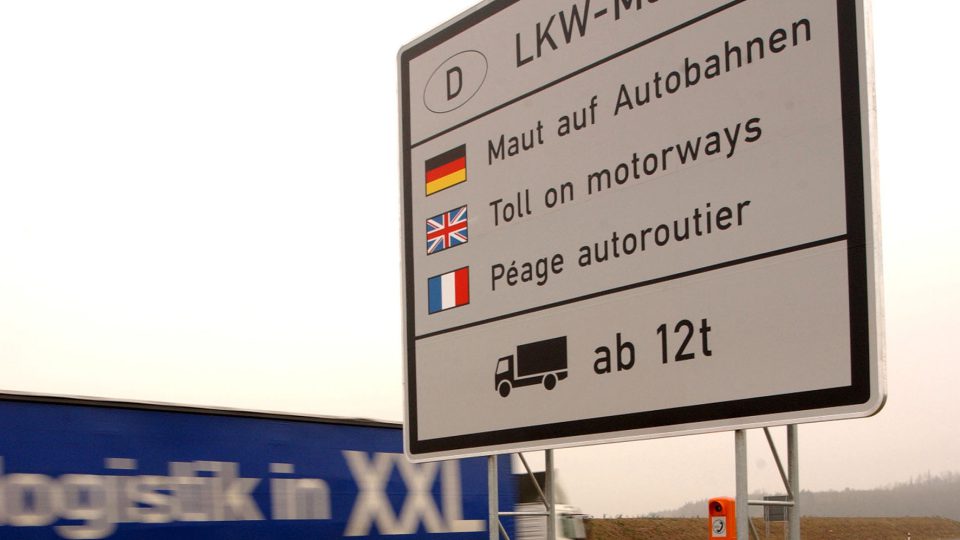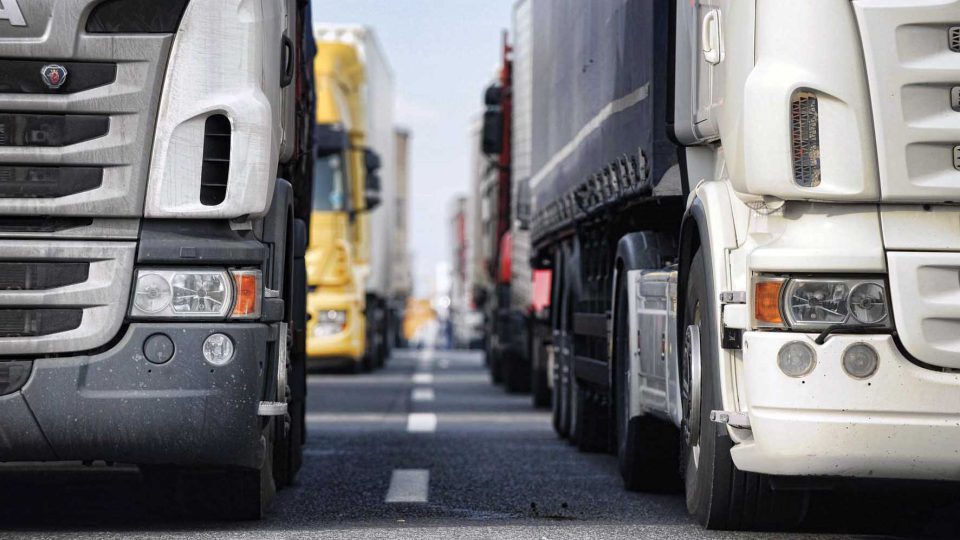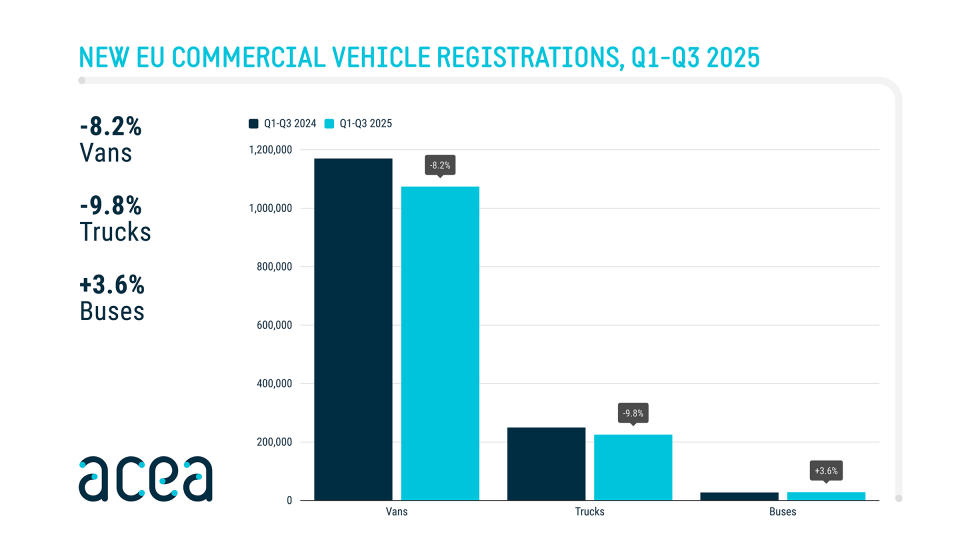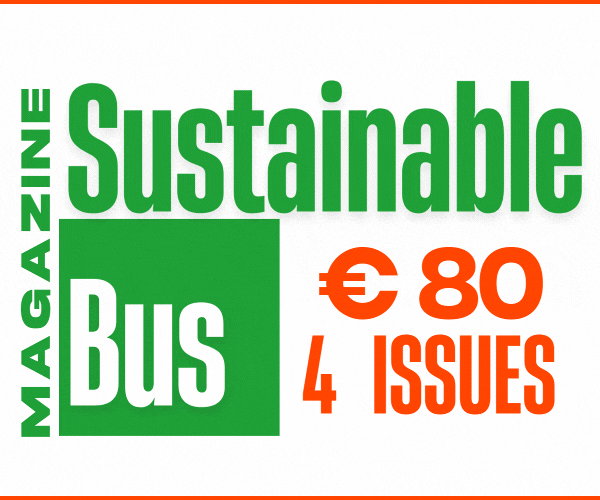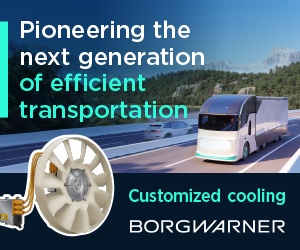Challenging energy transition, Daimler Truck needs to save over one billion euros in Europe by 2030
Daimler Truck has recently held its Capital Market Day in Cleveland, North Carolina, USA, where the flagship Freightliner Cascadia and Western Star 47X and 49X models are produced. Transformation to zero-emission vehicles in Europe, as well as vocational trucks in North America are part of the strategy outlined by the global group. Job cuts are foreseen for the German plants, as well as delays on the hydrogen side.
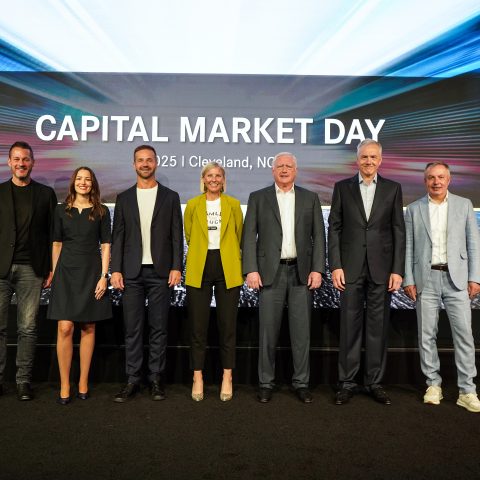
Daimler Truck has recently held its Capital Market Day in Cleveland, North Carolina, USA, where the flagship Freightliner Cascadia and Western Star 47X and 49X models are produced. Looking at 2030, Daimler Truck aims to achieve an adjusted ROS of more than 12%, with a through-cycle range of 9% to 13% in its core Industrial Business. Organic revenue growth is projected at 3 to 5 percent per annum through 2030.
Daimler Truck’s Capital Market Day
Transformation to zero-emission vehicles in Europe, as well as vocational trucks in North America are part of the strategy outlined by the global group, which also wants to grow in the defense sector. “At Daimler Truck, we are proud to work for all who keep the world moving. And we want to build the best truck and bus company – for our customers, our employees and our shareholders. We have the strategy in place, and we are establishing the performance culture to achieve this ambition. When we do it right, it brings us to a profitability of more than 12% return on sales by 2030”, said Karin Rådström, President & CEO of Daimler Truck. The target is to increase free cash flow of the Industrial Business by 50% by 2030.
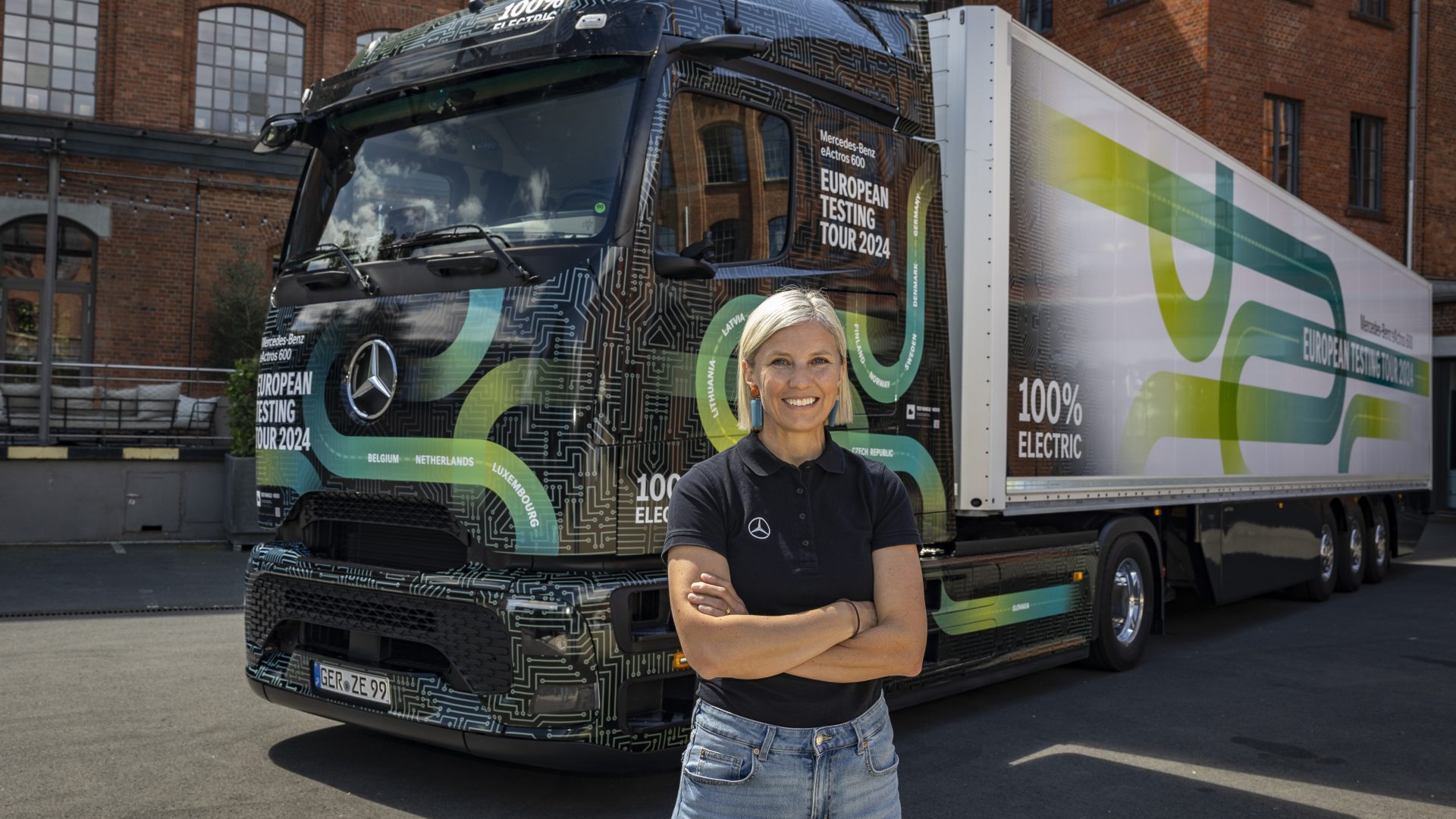
As for Mercedes-Benz Trucks, with the Cost Down Europe efficiency program, the Company aims to set Daimler Truck in Europe up for success and to deliver more than €1 billion cost savings in Europe by 2030. As stated in the official press note, “the plan includes a shift of production volume to a best-cost country and further measures, leading to a significant job reduction in Germany by 2030. Following the agreement recently made with the Works Council, the Company will utilize natural attrition and expanded early retirement options to reduce positions in a socially responsible manner as well as offer targeted severance packages”.
A better financial situation in North America
On the other hand, Daimler Truck North America has continued to deliver strong financial results. Namely, since the last Capital Market Day, DTNA has exceeded its 2025 financial targets ahead of schedule, achieving a 12.9% adjusted return on sales in 2024. “We’ve strengthened our leadership position in North America with the launch of the Fifth Generation Freightliner Cascadia, and continued success of the Western Star vocational lineup. The combination of the vocational market’s lower cyclicality and the growth of our service business will further enhance our resilience, long-term growth and overall profitability”, commented John O’Leary, CEO & President of DTNA.
In terms of energy transition in the trucking segment, Daimler Truck states that, as “the speed of zero-emission vehicle adoption has slowed down and led the Group to ramp down its zero-emission powertrain platform investments”. Daimler Truck will ensure the long-term competitiveness of its heavy-duty engine, by leveraging global platforms and scale.
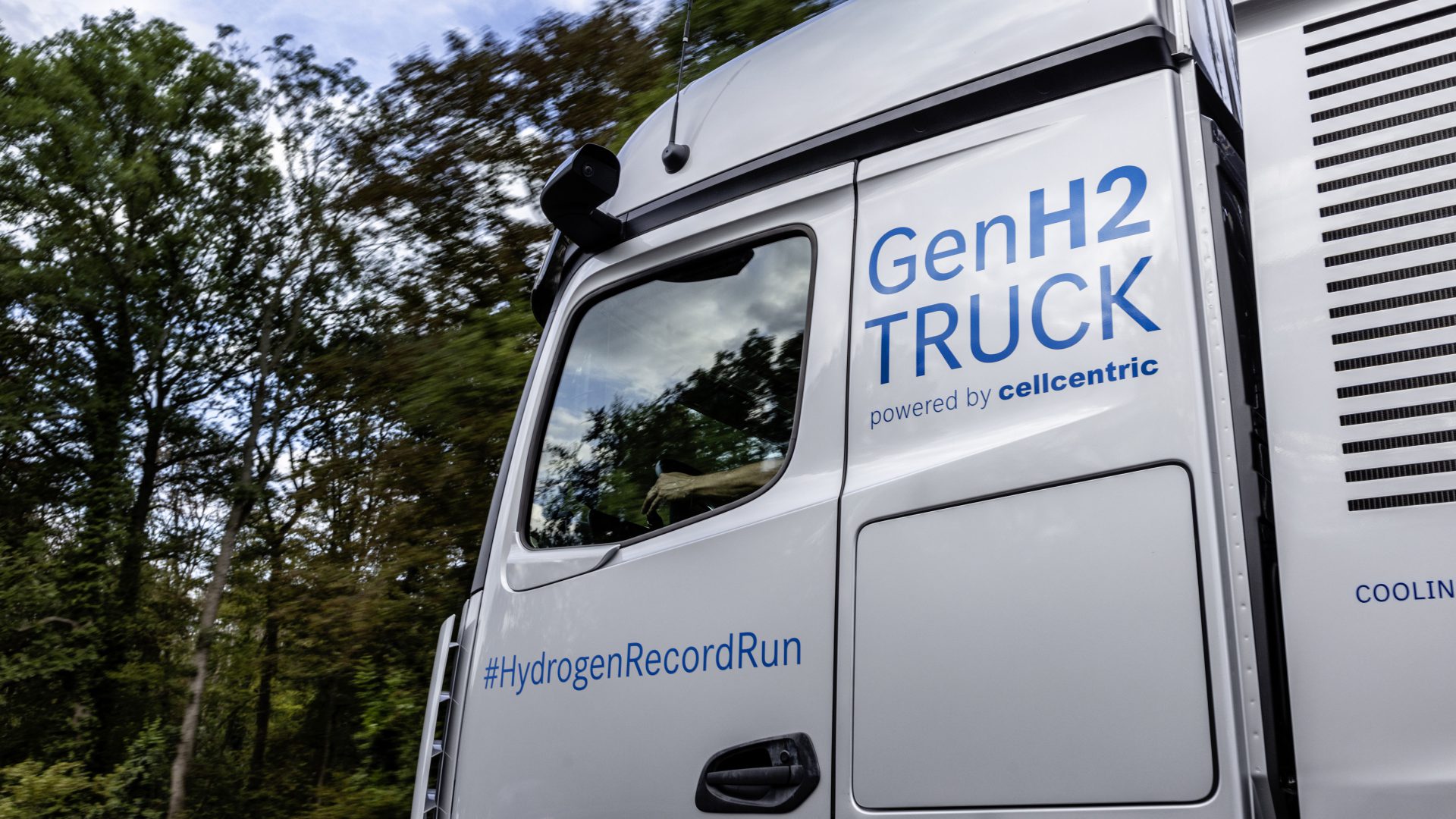
Delays on the path to hydrogen
When it comes to hydrogen powertrain development, “the Company is focused on Europe. However, progress in building out hydrogen refuelling stations has been much slower than expected. Daimler Truck therefore is moving the large-scale fuel cell industrialization and planned series production of hydrogen-powered trucks to the early thirties“. This move was initially foreseen in 2027. Daimler Truck is making significant strides toward the future of trucking with Coretura, the recently announced joint venture with the Volvo Group, with the goal to create an industry standard software-defined vehicle platform.
